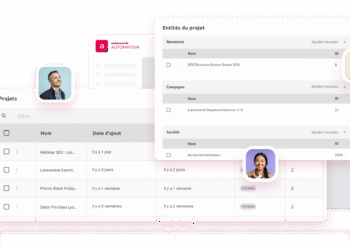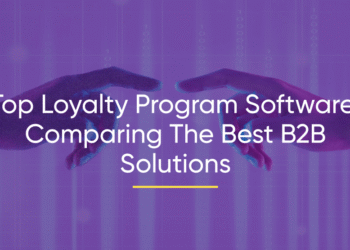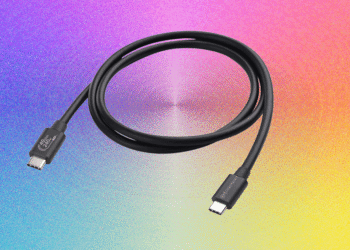Introduction
As the marketing automation environment matures, we’re spending an increasing proportion of our time helping organisations to deliver more value from their existing platforms. Most organisations that we work with are only using a small portion of the capabilities available to them out of the box.
The initial purchase or decision to migrate your marketing automation platform is usually accompanied by gathering a list of requirements and a future-looking wishlist. Implementation time and budget constraints typically mean that the focus of the initial implementation is to get the new platform up and running quickly and the focus is on implementing the essential components to make that happen.
For platform migrations, this may be an “as-is” implementation, which means that you are effectively re-implementing the capabilities from your old platform to your new platform.
This may be the best initial solution, but is also then essential to commit to investing in developing your marketing automation strategy and investing in developing your capabilities post-implementation to make sure you capitalise on the capabilities of your new platform.
With pressure on ongoing BAU campaigns as well as resource and budget constraints, this does not always happen. Rather than developing in-house capabilities and delivering an improved CX, some organisations end up making significant licence and management investments in a platform whilst continuing to use a fraction of its capabilities and ultimately only delivering a small portion of its promised ROI.


















